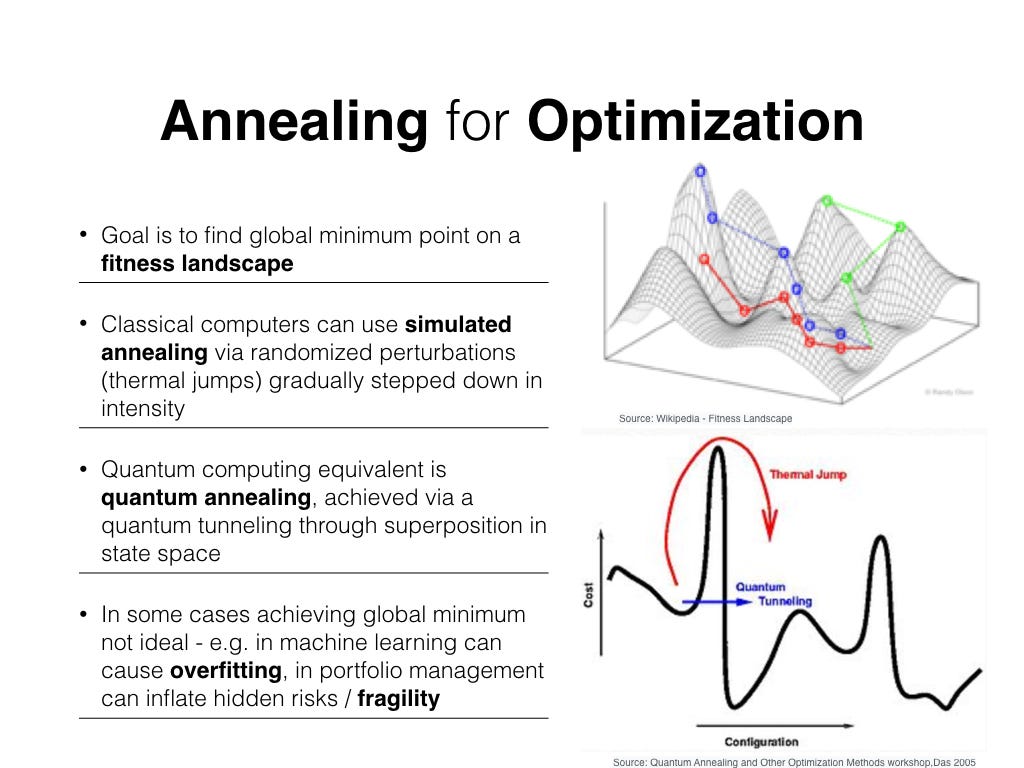Computational Physics
With the incremental advancement in computing, more and more data can be obtained from the space, social media, end-users from mobile devices, personal computers, it is indispensable to know the smartest method to sort out our desired data and secure the telecommunication.
In 2019, the first black hole image was published, the photo looked very similar to the simulation drawn previously. Thanks to scientific computing, we can visualize bizarre creatures and phenomena like explosions, solar storms, the evolution of the universe, and different parts of humans by image processing. We can actualize the researcher’s observation from various fields, and understand the process, i.e., veritas.
By doing this, we need a software program that can help us to save the data equivalent to 4 million DVDs and simulate the desired pattern. However, as predicted by Moore’s law, the physical limit of a transistor will be reached soon, and we need quantum computers to accelerate its performance by harnessing quantum mechanics.
Adiabatic quantum computing can provide us the way to find a non-trivial ground state of a Hamiltonian of a quantum system. Quantum evolution can be simulated by approximation, like simulated quantum annealing to an extent that it can overcome the exponential barrier of exact quantum evolution.



